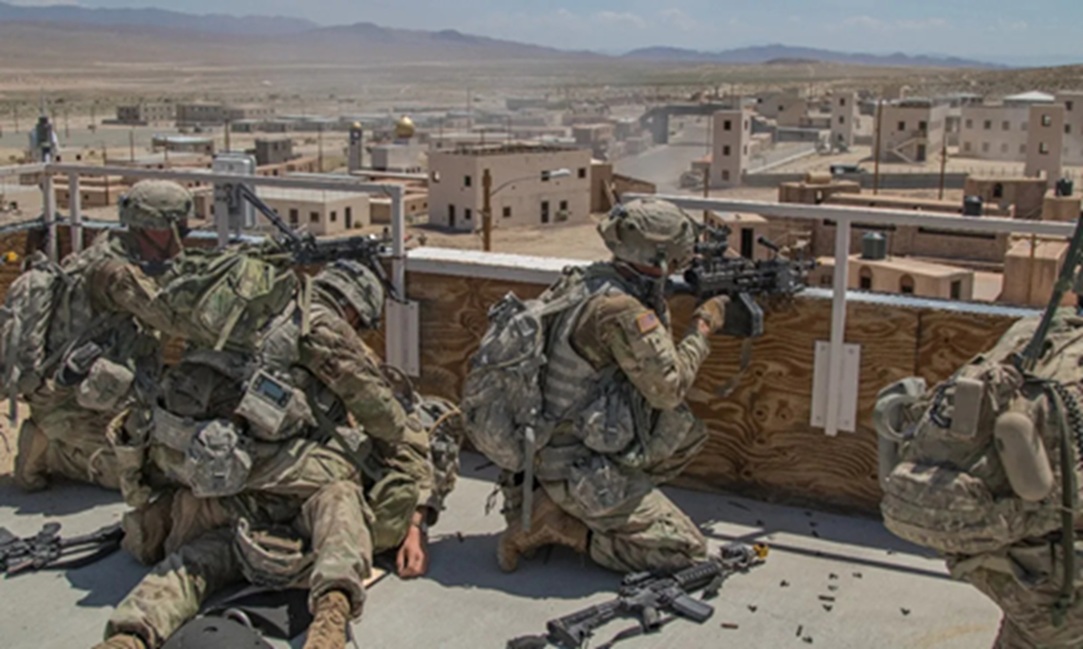Tom Cruise who has played the ‘Maverick’ in the fictional movie ‘Top Gun‘, broke the Mach 10 speed barrier onboard hypersonic aircraft ‘SR-72 Darkstar’, a speed that is practically impossible for humans to achieve. G-induced loss of consciousness (G-LOC) can be experienced by fighter pilots when they go for very high acceleration.
The fatigue level of fighter pilots seated in aircraft cockpits is a very critical factor for combat missions. Timely response can negate unpleasant G-LOC incidents. The AI based aircrew fatigue monitoring could help aircrew to circumvent the situation towards achieving flight safety. This cognitive system can be designed as a cockpit-centric one or a ground based autonomous system supported by distributed databases and edge computing. Even medical specialists and airworthiness certification engineers can be kept in the loop along with the operational commander in controlling the aircraft mission. Safe recovery of the aircraft can be done in an autonomous mode if the pilot experience a G-LOC. Such overrides could keep the aircrew safe and help the safe recovery of aircraft.
The vitals of fighter pilots are to be normal during the combat missions and they are crucial for ensuring safe and optimal performance. Historical data of the aircrew vital parameters is otherwise available with the medical specialists who had cleared him/her for the mission. Taking support of an AI-based medical expert system, the decision to continue or abort the mission becomes much easier. Artificial Intelligence can be employed to create advanced predictive health monitoring systems for fighter pilots. A few enabling technologies for AI integration aircraft are placed below. The integration of these technologies could make the system more redundant and reliable.
Wearable Biometric Sensors and Smart Flying Rigs
Wearable mission suits with integrated sensors have become very common now a days. Aircrews by wearing biometric sensor devices, their body vitals such as heart rate, blood pressure, oxygen levels and body temperature would be monitored on a real-time. By using algorithms, we can analyse biometric data patterns and detect anomalies or signs of stress, fatigue, or dehydration during flight. This would help the aircrew and ground control to aid decisions during combat missions and under extreme stress conditions. We can implement AI-driven analytics to assess the fighter pilot’s physical condition during flight, considering the G-forces and other triggers for stress. The health status of each aircrew varies from one another and hence the (machine learning) ML and algorithm associated with each aircrew can be unique.
Cockpit Sensors for Ambient Conditions
Apart from the biometric sensors, the ambient conditions in the cockpit are equally important since the same can influence the health status of the aircrew. The environmental sensors placed in cockpit measures cabin pressure, temperature and humidity to make a comprehensive analysis. AI can correlate environmental data with pilot health metrics for a holistic interpretation of pilot’s health in real-time.
Cognitive Performance Monitoring
The alertness and response to situations by aircrew need to be measured and monitored simultaneously. AI can evaluate the real time cognitive performance by analysing neural signals or by monitoring eye movements and response times. We can implement machine learning models to detect changes in the cognitive response of aircrew that may indicate fatigue or stress. Similar analysis can be done during pre-medicals of aircrew before manning the cockpit. Computer vision systems to track eye movements and blink patterns would certainly provide insights into the alertness level of the aircrew.
Analysis of Aircrew Speech/Voice
The speech of the aircrew can also be analysed to find the fatigue level. By applying Natural Language Processing (NLP), the pilot’s speech patterns and voice for signs of stress or fatigue can be analysed and the system can give early warnings of a depleting state of health. AI system that can provide real-time feedback or alerts based on changes in speech characteristics and patterns.
Predictive Health Analytics
Every possible disaster can be predicted by teaching AI systems about past occurrences/history of incidents. We can easily implement predictive modeling using AI to anticipate potential health issues or fatigue-related problems before escalation.
Considering factors such as sleep patterns, previous flight data, food or drinks consumed before flight, family / personal problems and overall health history of aircrew would certainly make accurate predictions. Integrating the AI system with crew scheduling systems and considering factors such as circadian rhythms, sleep patterns, and workload distribution would make the system more robust.
Emergency Response Systems
If the AI-based aircrew health monitoring system is integrated to the onboard external communication systems, the system can trigger emergency responses on aircrew health automatically and initiate communication with ground control. We can also implement features such as ground reporting of abnormal health parameters and other health emergencies.
Human-Machine Interface (HMI)
A well-designed HMI will facilitate an intuitive and user-friendly interface that allows pilots to access and interpret their health data easily. Utilize AI to provide personalized recommendations for maintaining optimal health and data can be supplemented on an as required basis to various formations of command stationed at the base as well as to the aircrew. A well-designed UI would help aircrew make logical decisions at critical times. A similar UI may be replicated to the ground control to take action during emergency.
Integration with Flight Navigation Systems
Integration of health/fatigue monitoring system with the fighter jet’s avionics on real-time will be a challenging task. Upgrading the fatigue monitoring system to a decision support and then to a control system towards navigating the aircraft in autonomous mode for a safe recovery/landing in case of a medical emergency is one among the most sought-after functionalities. This use case is currently available with many of the autonomous military drones. Keeping the aircraft stable and fail safe within the flight envelope becomes the system’s responsibility during the flight.
Data Security and Privacy
There is a need to build security to the AI system by providing the necessary encryption to the data exchanged between ground station and aircraft in Electromagnetic Spectrum. The sensitive health data collected from pilots are to be kept confidential at times. We can implement robust encryption standards and implement data protection regulations during the developmental stage to ensure flight safety.
Aircrew Feedback Integration
Reinforcement learning (ML) is recommended for many of the military applications for continuous improvisation of established AI systems. We need to collect regular feedbacks from the aircrew for improvement and refinement of the existing AI algorithm. User experience and input are valuable for enhancing the system’s effectiveness.
Regulatory Compliance and Approval from the Controller
Getting operational clearance for AI integrated systems will be challenging due to existing flight safety regulations. How far the DGCA/CEMILAC (regulators) can approve the shift of decision-making authority from humans to machines needs to be ascertained. The AI-based fatigue monitoring system needs to ensure compliance with all aviation regulations and standards.
Conclusion
Implementing AI for aircrew fatigue monitoring requires collaboration between aviation experts, data scientists and technology developers to create reliable and effective solutions that contribute to overall flight safety. The design and development of such systems should be done in a progressive manner with a long term vision.
Disclaimer: The views and opinions expressed by the author do not necessarily reflect the views of the Government of India and Defence Research and Studies
Title image courtesy: TS2Space





